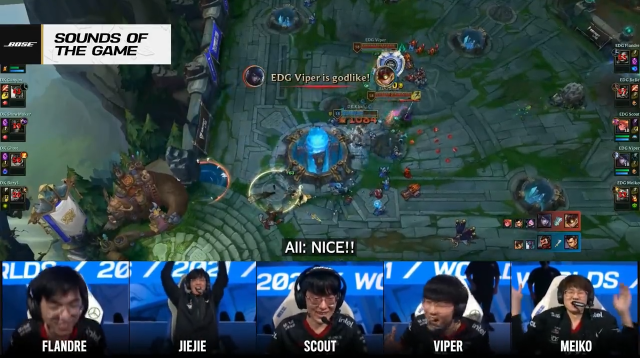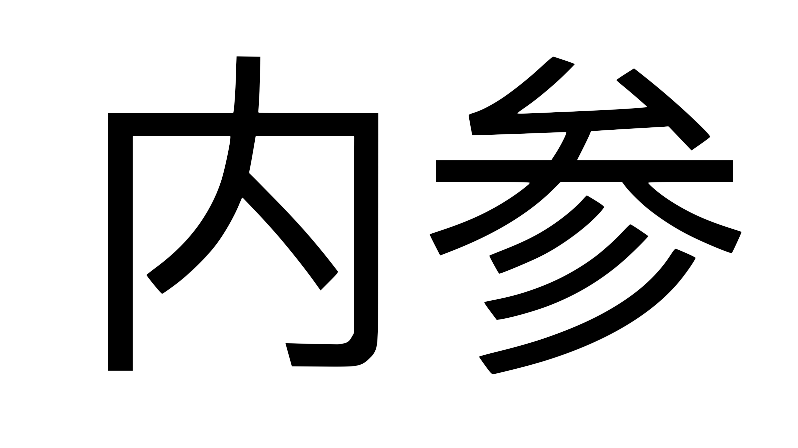Brief #93: 6th Plenum preview, PLA, focus on China, esports
1. Sixth Plenum preview
The Sixth Plenum is currently underway in Beijing and will run until Thursday. For background on plenums and how they fit into China’s political system, see our explainers (written | video) from last year.
The outcome of this Plenum is important to both policies in China as well as Xi’s prospects at the 20th Party Congress next year.
The most important outcome of the plenum will be the adoption of a resolution on history, the third in the Party’s history. The full title of the document is the Resolution of the Central Committee of the Communist Party of China on the Major Achievements and Historical Experience of the Party’s Century of Struggle 《中共中央关于党的百年奋斗重大成就和历史经验的决议》.
Why is history important? Frequent readers would know — we’ve harped on and on about the importance of historical narratives for understanding contemporary Chinese politics. In essence, history is not about the dusty past, it’s about the power to decide the future.
For a summary of what will be in the resolution, read our translation of the October 18 Politburo meeting. In the words of the Politburo:
the Communist Party of China has faithfully carried out its original mission. It has united and led the people of all ethnicities in the country to paint a magnificent picture in the history of human development on the vast expanse of China.
The resolution will do three things. First, it will provide an overarching narrative about the past and a deterministic trajectory for China’s future: China has gone from weak to strong, and under the leadership of Xi will finally achieve its rightful place in the sun (and in doing so, end Chinese history).
Second, it will cement Xi’s role in the Party pantheon and help him retain his paramount position at the Party Congress next year.
Third, it will spell out a vision for the future, that is, strength on the international stage, and common prosperity at home.
We’ll update you later in the week when the outcomes of the Plenum are made public.
2. Pentagon assessment of the Chinese military
The Pentagon released its yearly assessment of the Chinese military last week. Here is the core message:
the PLA continue[s] to pursue its ambitious modernization objectives, refine major organizational reforms, and improve its combat readiness...This includes the PLA developing the capabilities to conduct joint long-range precision strikes across domains, increasingly sophisticated space, counterspace, and cyber capabilities, and accelerating the large-scale expansion of its nuclear forces. In 2020, the Chinese Communist Party (CCP) announced a new milestone for PLA modernization in 2027 broadly understood as the modernization of the PLA’s capabilities to be networked into a system of systems for “intelligentized” warfare. If realized, the PLA’s 2027 modernization goals could provide Beijing with more credible military options in a Taiwan contingency.
While the continuing rapid modernisation of the PLA should be no surprise, what is surprising is recent assessments about China’s nuclear capabilities and force trajectory. The Pentagon estimates in the report that China may have 700 deliverable nuclear warheads by 2027 and maybe aiming for at least 1000 warheads by 2030.
This is astonishing. Only last year, most open-source assessments put that number at around 300. In the past, China has built up its nuclear arsenal gradually, but now it seems to be rapidly modernising and expanding its nuclear forces.
There are two key reasons for this. First, China’s strategic environment has worsened, especially due to its intensifying geopolitical rivalry with the US. And second, Beijing is not confident about the credibility of its nuclear deterrent. This insecurity is driving it to upgrade its nuclear forces in the hope that it can more effectively deter others from using nuclear weapons against China.
The pace of China’s military modernisation is unlikely to slow down given Beijing’s insecurities and aspirations.
3. Focus on China
The deteriorating relationship between Australia and China has meant more focus on China in the media and in people’s minds. This is usually a good thing — it can lead to a better understanding of China, and for us personally, it can lead to more work.
However, such a focus on China purely from a geopolitical perspective can in fact be detrimental to our understanding of China. It can blind us from other perspectives as well as trends inside China, such as social movements. It can also lead to an easy caricature of Chinese people as a threat (unless they publicly and repeatedly disavow the CCP) rather than seeing them as individuals.
This week, the Australian Defence Minister urged France to focus on China instead of the submarine contract. In Glasgow, the Prime Minister made a (Freudian?) slip, saying “global momentum to tackle China” instead of “tackle climate change”.
For the government, China has become a bogeyman that can be called on to divert people’s attention. Relations with other countries? But they should focus on the China threat. Climate change? But China is emitting more. Human rights? But China is worse.
Identifying an external enemy is a common way to drum up nationalism — of course, China does it too. Such focus on an enemy can let the government get away from bad policies, including policies that are detrimental to liberal democratic values.
Yes, we need to pay attention to China, including the ugly aspects, such as its human rights. However, we should not see China purely from a geopolitical perspective. Just like we shouldn’t see India as an “alternative to China” or the Pacific as a “sphere of influence to be fought over with China” or Taiwan only from the “cross-strait relations” perspective.
Instead, we should see all these regions from a multitude of perspectives, and importantly, see them as groups of individuals, communities, and societies.
4. Esports
Last week, Shanghai-based team Edward Gaming (EDG) won the League of Legends (LoL) World Championship, beating last year’s winner Korean team DWG KIA. Two players on the EDG team are Koreans, one of them received the MVP award.
EDG has a close connection to the property industry in China — the owner is the son of the founder of a real estate company Hopson Development 合生创展.
To those who are uninitiated in esports, the eruption of celebration in China was surprising.
For many young men, esports is taken as seriously as traditional sports like professional football/soccer for older men. Players are treated like stars and there are professional commentators and rigorous training regimes for players. Like other sports, it takes skills and discipline to make it to the top while most players cannot hope to make a living from it.

There is a betting industry built around esports, as well as similar fan behaviours. Below, you can find fans gathering in celebration on the street at 2 am:
EDG’s win has even attracted coverage from Xinhua, the official media. Now, video gaming is seen as a “vice” by the government, with restrictions on online gaming for minors. But the national pride that is aroused, especially in young men, from this win is too good to pass.
Additionally, esports will be in the Asian Games, hosted in Hangzhou next year, for the first time. Games include LoL, PUBG and Dota 2.
China has a huge gaming industry. Tencent, more well-known as the publisher of WeChat, is also the world’s largest video game vendor. In 2011, Tencent acquired Riot Games, the publisher of LoL. It also has a 40 per cent stake in Epic Games, publisher of Fortnite. In China, Honor of Kings 王者荣耀, a mobile game, has become one of the most popular games ever.
Neican Brief is supported by the Australian Centre on China in the World, Australian National University.
